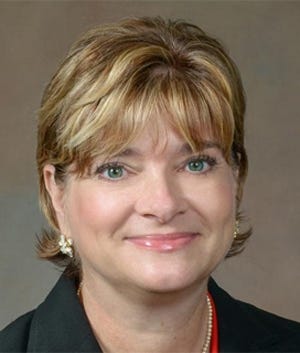
You probably have thought about what you'd like to do during your retirement years. But all your plans probably depend, to at least some extent, on your financial situation.
What happens if you reach the age at which you wish to retire and you just don't have the money you thought you'd have?
If this occurs, it's time for "Plan B." What does that look like? Here are a couple of possibilities:
•Continue working. If you like your job, you may not mind working an extra year or so. You'll be bringing in more income and contributing more to your 401(k) or other retirement account — and, perhaps almost as importantly, you may be able to avoid tapping into these retirement accounts, thus giving them more time to potentially grow. (However, once you turn 70½, you'll need to begin taking withdrawals from your 401(k) and a traditional IRA.) But if you are really not enamored with the idea of working any longer, you might find that even the ability to "beef up" your retirement plans for another couple of years isn't much consolation.
•Adjust your retirement lifestyle. It's pretty simple: If you don't save as much as you had planned for retirement, you probably can't do all the things you wanted to do as a retiree. For example, you may not be able to travel as much, or pursue your hobbies to the extent you'd like.
Clearly, you'd like to avoid these "retirement contingency plans." To do so, though, you'll need to take steps well before you retire. And the most important move you can make may be to contribute as much as you can possibly afford to your IRA and your 401(k) or another employer-sponsored retirement plan.
During the last several years before you wish to retire, you may be in a strong position to "max out" on these plans because, at this stage of your life, your income may be at its highest point, your children may be grown and you may even have "retired" your mortgage. If you still have money left with which to invest, you may want to look at other tax-advantaged vehicles that can be used for retirement.
But while it's important to put in as much as possible to your retirement accounts, you need to do more than that — you also must put the money in the right investments within these accounts. Your exact investment mix should be based on your individual risk tolerance and time horizon, but, as a general rule, these investments must provide you with the growth potential you'll need to accumulate sufficient resources for retirement.
Of course, as you know, investments move up and down. You can't prevent this, but you'll certainly want to reduce the effects of volatility as much as possible when you enter retirement. Consequently, during your final working years, you may need to adjust your retirement accounts by shifting some of your assets (though certainly not all) from growth-oriented vehicles to income-producing ones.
It's a good idea to have contingency plans in place for virtually every endeavor in life — and paying for your retirement years is no different. But if you can make the right moves to avoid the contingency plans in the first place, then so much the better.
This article was written by Edward Jones on behalf of your Edward Jones financial adviser.

This article originally appeared on Crestview News Bulletin: What's your retirement 'contingency plan?'
